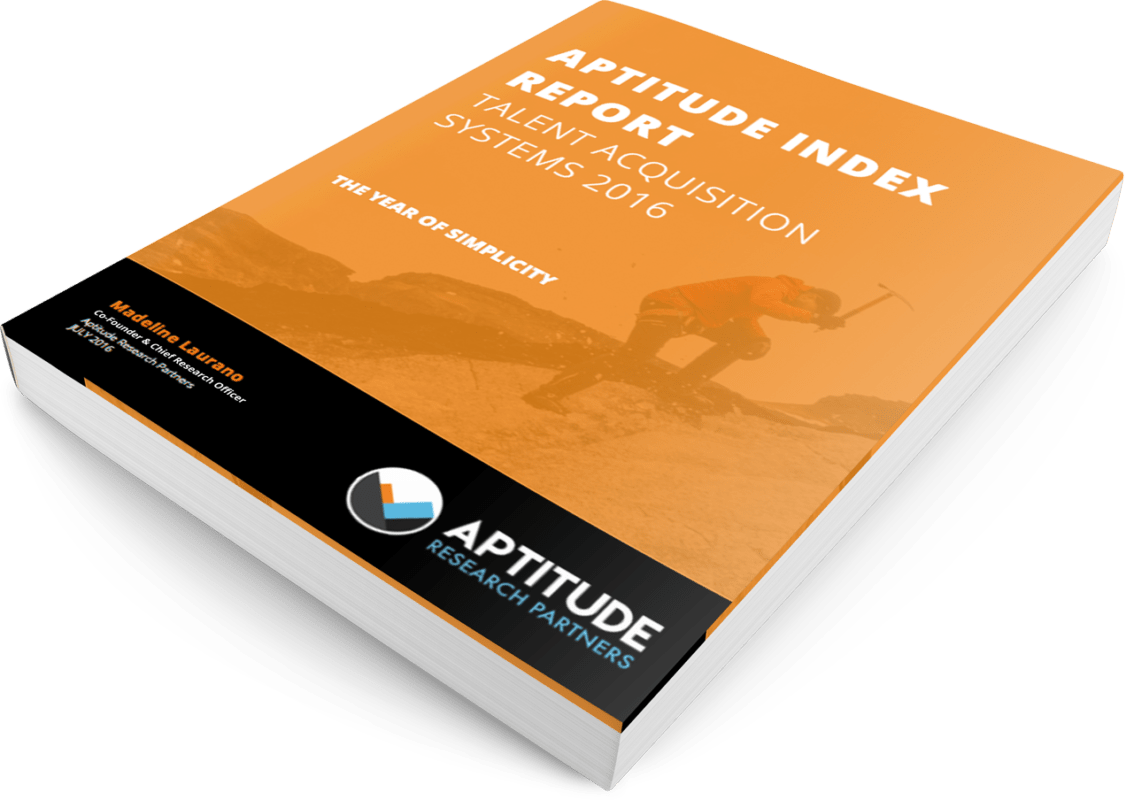At the start of Labor Day weekend, it seems appropriate to reflect on the realities and possibilities of work. According to the Department of Labor:
“Labor Day is a creation of the labor movement and is dedicated to the social and economic achievements of American workers. It constitutes a yearly national tribute to the contributions workers have made to the strength, prosperity, and well-being of our country.”
Our theme at Aptitude this week has been the future of work but maybe it’s time to take a step back and think about the past. How can we do a better job as employers of paying tribute to the contributions of our workers? A day off is great but why can’t this happen throughout the year on a more consistent basis? So, in the spirit of Labor Day and honoring the past, here is our wish list for the future of work.
– Recognition: Seventy-five percent (75%) of companies have a formal recognition program according to research we conducted earlier this year. Yet, so few of these companies make sure that recognition is ingrained in the company culture or invest in the right technology to motivate their employees. Recognition, the art of saying “thank you”, needs to be a core part of the work environment.
– Communication: When asked to identify the top priorities for recruiting and engaging talent, stronger employee communication was top of the list across all industries and company sizes. Today, success is defined by a company’s ability to align strategy and execution, and effective communication is critical to achieving this alignment. In fact, top performing companies are 3 times more likely to invest in communication than their peers.
– Flexibility: Earlier this week, Amazon announced that it would let some work a 30 day work week. This decision gives employees the freedom to spend less time in the office. Employees want greater flexibility not only with the ability to work from home but around the employer/employee relationship. With the influx of contingent workers in the market, employers that provide greater flexibility will not only see an increase in employee morale and engagement but also, in productivity and performance.
In order to take a look at the future, maybe we need to start by taking a look at the past and getting back to basics. We will be covering these topics in our upcoming Culture Survey later this month. Stay tuned…








